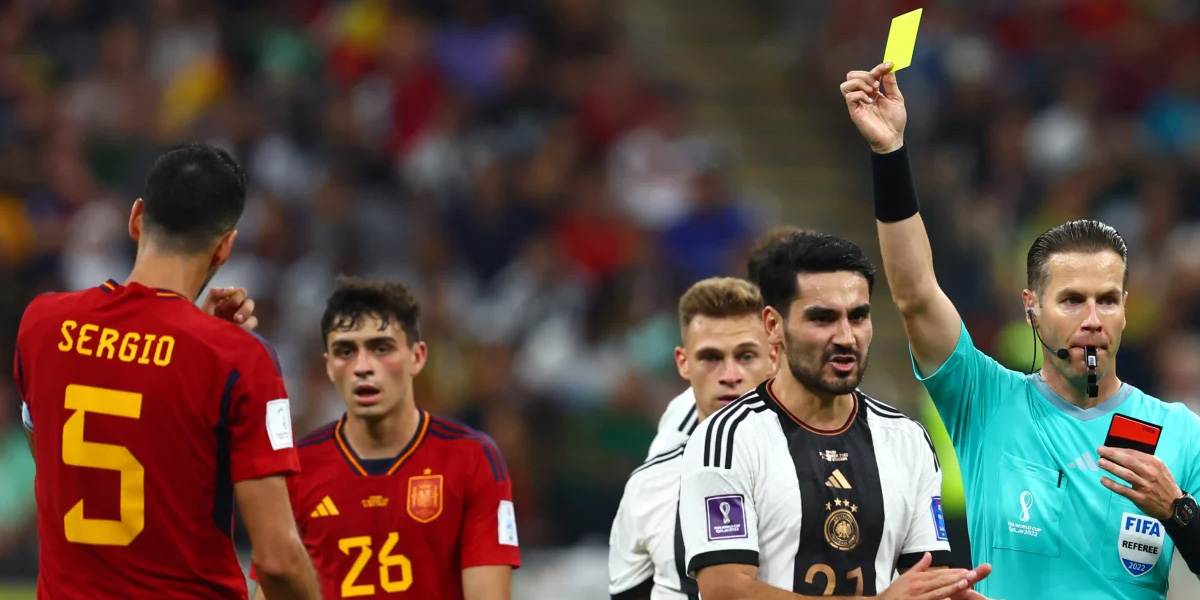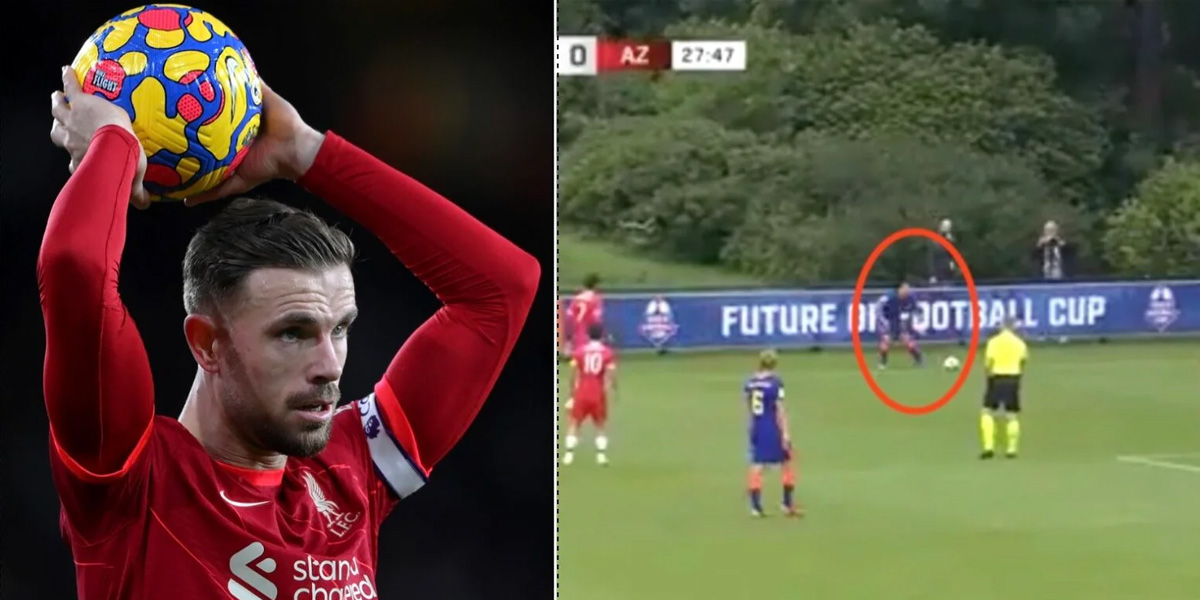Football rules can not be a fun part of the game but an essential stepping stone to start following a game. Just like Cricket has its own set of rules, football has its way of conducting the game. Football originated in England and is now loved as well as played across the globe. Currently, there are various types of football games popular in different parts of the world that are played with different norms and conditions.
Here we will address the Fifa rules & regulations required for the successful game of Association football, also called soccer which is encapsulated in 17 laws that can be called “Laws of the Game” or “Soccer Fifa Rules”.
The 17 Fifa Rules & Regulations for Association Football (Soccer) are as follows
Law 1: The Field of Play
The soccer field and its dimensions are discussed in this law. Mostly, the pitch is prepared well with either natural or artificial grass. The playing surface is made on the pitch by drawing two equivalent halves. The playing surface consists of a center, a circle of 9.15 meters, and touchlines 90-120 meters in length. And the goal lines ought to be similar in width and 45-90 meters wide.
Law 2: The Ball
The ball should be 22 cm in diameter and have a circumference of 68-70 cm. The weight of the ball must lay between 410-450 g.
Also Read: Top 5 iPhone apps Supporting Live Activities, Including Live Scores Of The Fifa World Cup
Law 3: The Players
This law says that there should be 11 players in each team including 1 goalkeeper from both sides. Players, except the goalie, are not permitted to direct the ball through their hands and can only use their legs and torso.
Law 4: The Players’ Equipment
There is a certain number of things a player should be wearing as football gear, which includes a shirt, shorts, football-specific shoes, shin protector, and socks. The goalie’s dress is always different from the other team members.
Law 5: The Referee
The referee ensures the smooth operation of the game on the field and maintains discipline in heated moments. The referee takes the final call in any disputes or discrepancies and has the power to forward the penalty to the player.

Law 6: The Other Match Officials
Besides the Referee, there are assistant referees on either side of the soccer field that come forward in a time of emergencies.
Also Read: FIFA World Cup 2022 Hackers’ Scam in Full Swing
Law 7: The Duration of the Match
90 minutes is the standard duration of a match, which is played in two rounds of 45 minutes long each. Moreover, there is a half-time 15-minute break.
Law 8: The Start and Restart of Play
A toss decides the proceeding of the match, for which the captains of both teams come to the middle of the pitch and the referee starts the toss. The captain who won the toss gets to decide the goalpost for the first half while the game is kicked off by the team that lost the toss. The sides are switched after the first half. Now the team that won the toss kicks off the game forward.
Law 9: The Ball In and Out of Play
‘Ball in play’ is the term used for a ball in the field from the start to the end of the playing period. While ‘ball out of the play’ is the term used in the rear cases when the referee stops the match or the ball leaves the field.
Law 10: Determining the Outcome of a Match
Football determines the victory of one team over the other by the goals scored. The team that has scored more goals against the other team by kicking the ball into the opponent’s goal post by following the goal lines, concludes the outcome of the match.
Also Read: FIFA World Cup 2022 broadcast in India
Law 11: Offside
The ‘offside’ law states that if the player is on the other side of the body part of the player excluding hands and arms in the other half of the field that makes him closer to the opponent’s goal line then that is the offside position. And this position can be used to gain an advantage on the other team. This position is not an offence.
Law 12: Fouls and Misconduct
The player going against the rules of the match has committed a foul which stops the match. The opposition team gets the free kick as a punishment on this account.
Whereas, misconduct refers to the interdisciplinary action done by a player for which the referee can warn or kick the player out of the match. Sacked players are not replaced.

Law 13: Free Kicks
There are two types of Free kicks, namely indirect and direct Free kicks. Free kicks given to the opposite side following the “non-penal” fouls are Indirect Free kicks. Whereas, After any foul is committed Direct Free Kick is given to the fouled team and a goal can directly be scored.
Law 14: The Penalty Kick
The team that was fouled gets the penalty kick which typically leads to a free kick that happens in the opponent’s penalty area.
Also Read: This Country Would Win FIFA World Cup 2022
Law 15: The Throw-in
When the ball leaves the field, then the throw-in law is applied where the opponent of the team who last touched the ball gets the throw-in.
Law 16: The Goal Kick
The goal kick is given by the goalkeeper after a failed attempt to score the goal.
Law 17: The Corner Kick
When the ball crosses the goal line either in the air or on the ground. Last touched the defender with a futile attempt to scare a goal. The corner kick is given to the opponents.
Conclusion
This was an attempt to lay down the 17 Fifa Rules & Regulations of Association Football (Soccer) in the simplest way possible and to make a smarter interpretation of the game while watching the next time.
